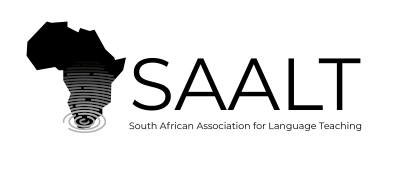Submissions
Submission Preparation Checklist
As part of the submission process, authors are required to check off their submission's compliance with all of the following items, and submissions may be returned to authors that do not adhere to these guidelines.- The submission has not been previously published, nor is it before another journal for consideration (or an explanation has been provided in Comments to the Editor).
- The manuscript is in Microsoft Word format.
- The text adheres to the stylistic and bibliographic requirements according to the APA 7 style of referencing, as outlined in the Author Guidelines.
- FONT: Use italics or bold for emphasis; do NOT underline text, except for URLs.
- TITLE: Please use sentence case, not uppercase for the article title please.
- ABSTRACT: does not exceed 1,400 characters with spaces
- NB: Provide DOIs of journal articles in the Reference list. Start with https://doi.org ... Kindly that the links are live ... and test them!
- Provide an ORCiD (strongly recommended).
-
Anonymise the manuscript:
(a) Redact the author and affiliated institution.
(b) Remove author details from file properties, see: https://www.journals.ac.za/index.php/jlt/announcement/view/46 -
Upload TWO documents:
(a) an anonymized manuscript and
(b) a cover letter with details of authors (incl. biosketches); article title; and contact details of three possible referees. More details in the "Author Guidelines" below. - This is just a quick checklist. For more detail, please refer to the Author Guidelines in the section below.
Privacy Statement
The names and email addresses entered in this journal site will be used exclusively for the stated purposes of this journal and will not be made available for any other purpose or to any other party.

